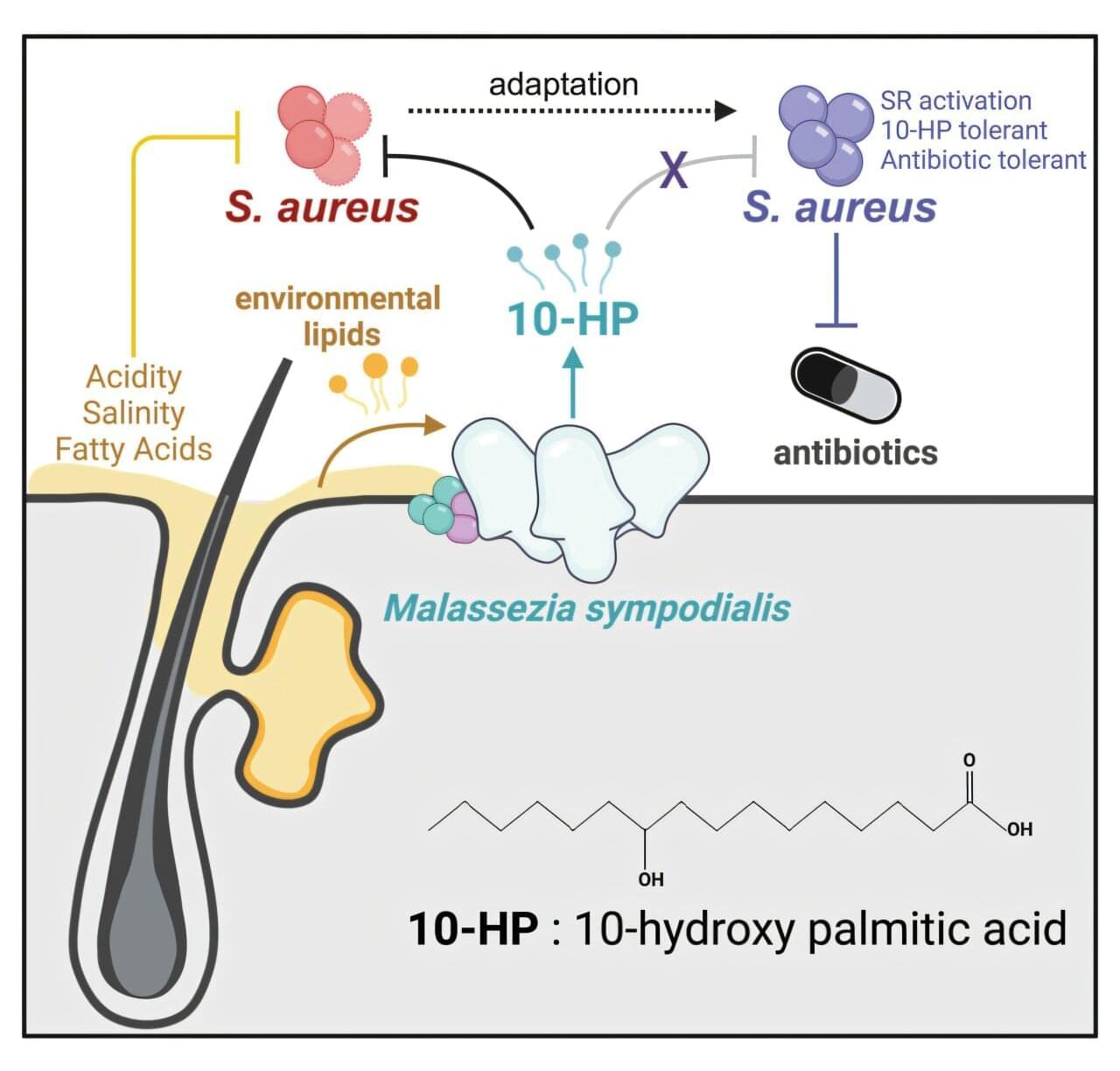University of Oregon researchers have uncovered a molecule produced by yeast living on human skin that showed potent antimicrobial properties against a pathogen responsible for a half-million hospitalizations annually in the United States.
It’s a unique approach to tackling the growing problem of antibiotic-resistant bacteria. With the global threat of drug-resistant infections, fungi inhabiting human skin are an untapped resource for identifying new antibiotics, said Caitlin Kowalski, a postdoctoral researcher at the UO who led the study.
Described in a paper published in Current Biology, the common skin fungus Malassezia gobbles up oil and fats on human skin to produce fatty acids that selectively eliminate Staphylococcus aureus. One out of every three people has Staphylococcus aureus harmlessly dwelling in their nose, but the bacteria are a risk factor for serious infections when given the opportunity: open wounds, abrasions and cuts. They’re the primary cause of skin and soft tissue infections known as staph infections.
